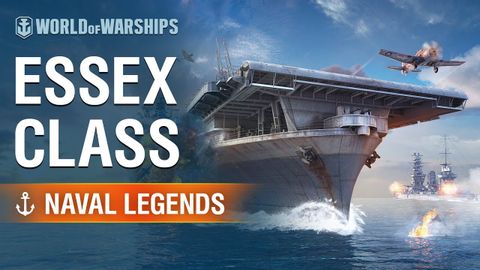
Subtitles & vocabulary
Naval Legends - USS Essex Aircraft
00
噹噹 posted on 2016/02/04Save
Video vocabulary
world
US /wɜrld /
・
UK /wɜ:ld/
- Noun (Countable/Uncountable)
- All the humans, events, activities on the earth
- Political division due to some kind of similarity
A1
More enemy
US /ˈɛnəmi/
・
UK /ˈenəmi/
- Noun
- Something that stops you doing what you want
- Group, or people, you are opposed to
A2
More flight
US /flaɪt/
・
UK /flaɪt/
- Noun (Countable/Uncountable)
- Act of leaving a place, usually to escape danger
- Trip by plane, helicopter etc.
A2TOEIC
More class
US /klæs/
・
UK /klɑ:s/
- Transitive Verb
- To place things into groups by common qualities
- To rank people in society from high to low
- Uncountable Noun
- Quality of that shows good taste; refinement
A1
More Use Energy
Unlock All Vocabulary
Unlock pronunciation, explanations, and filters
